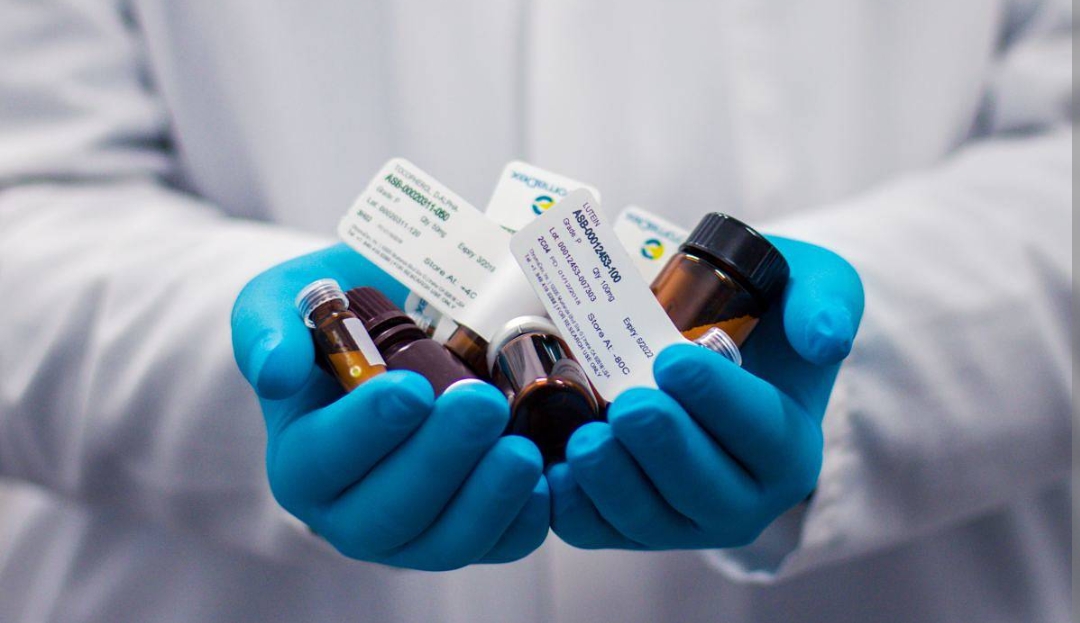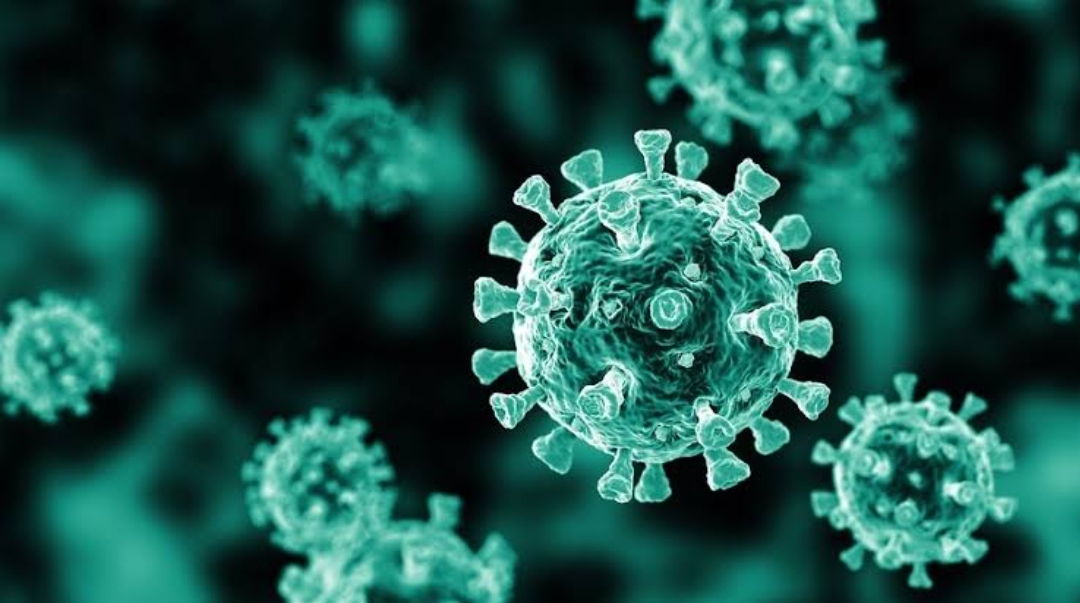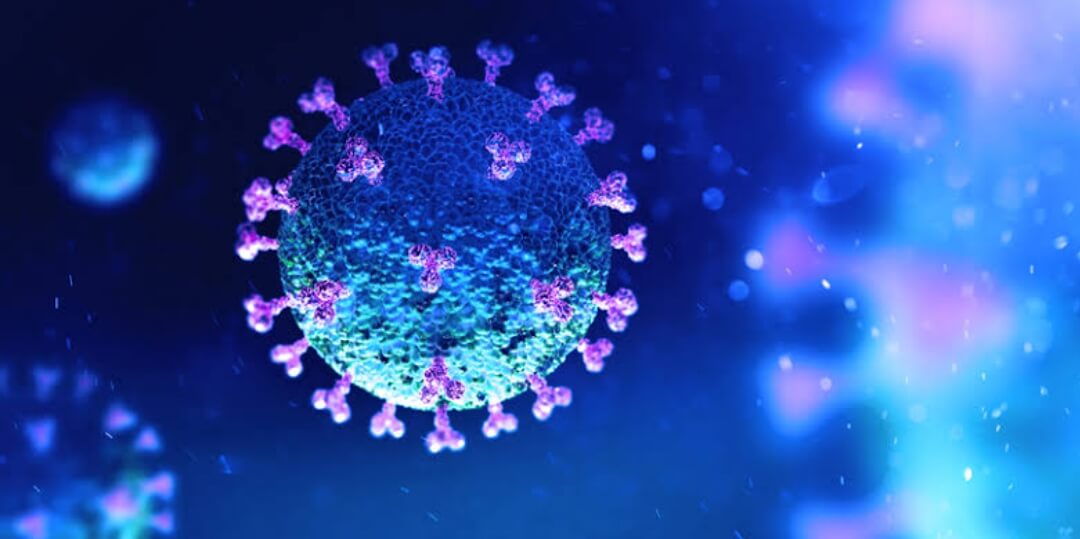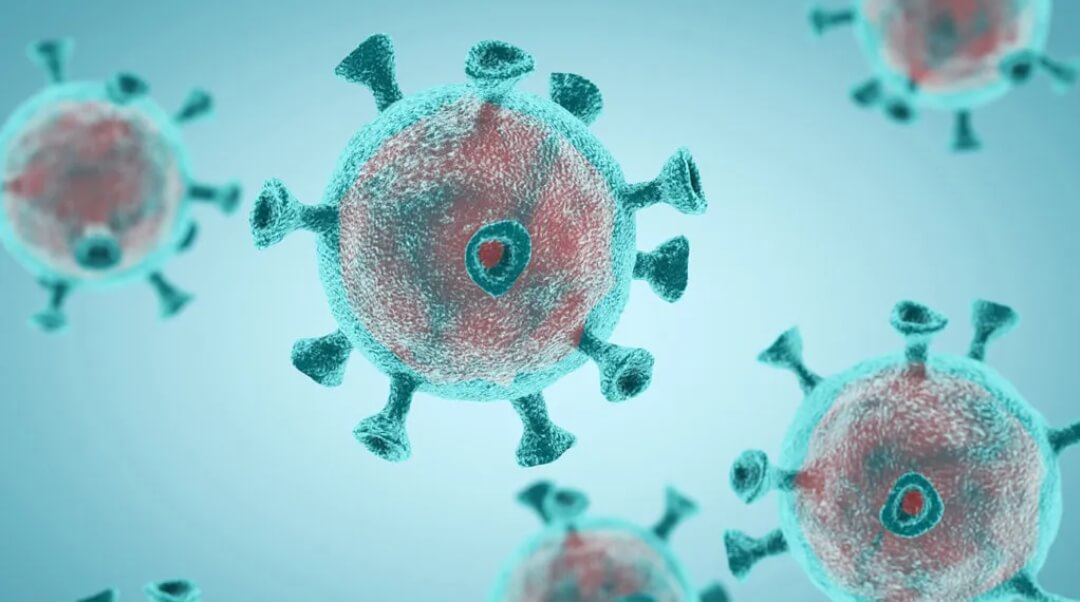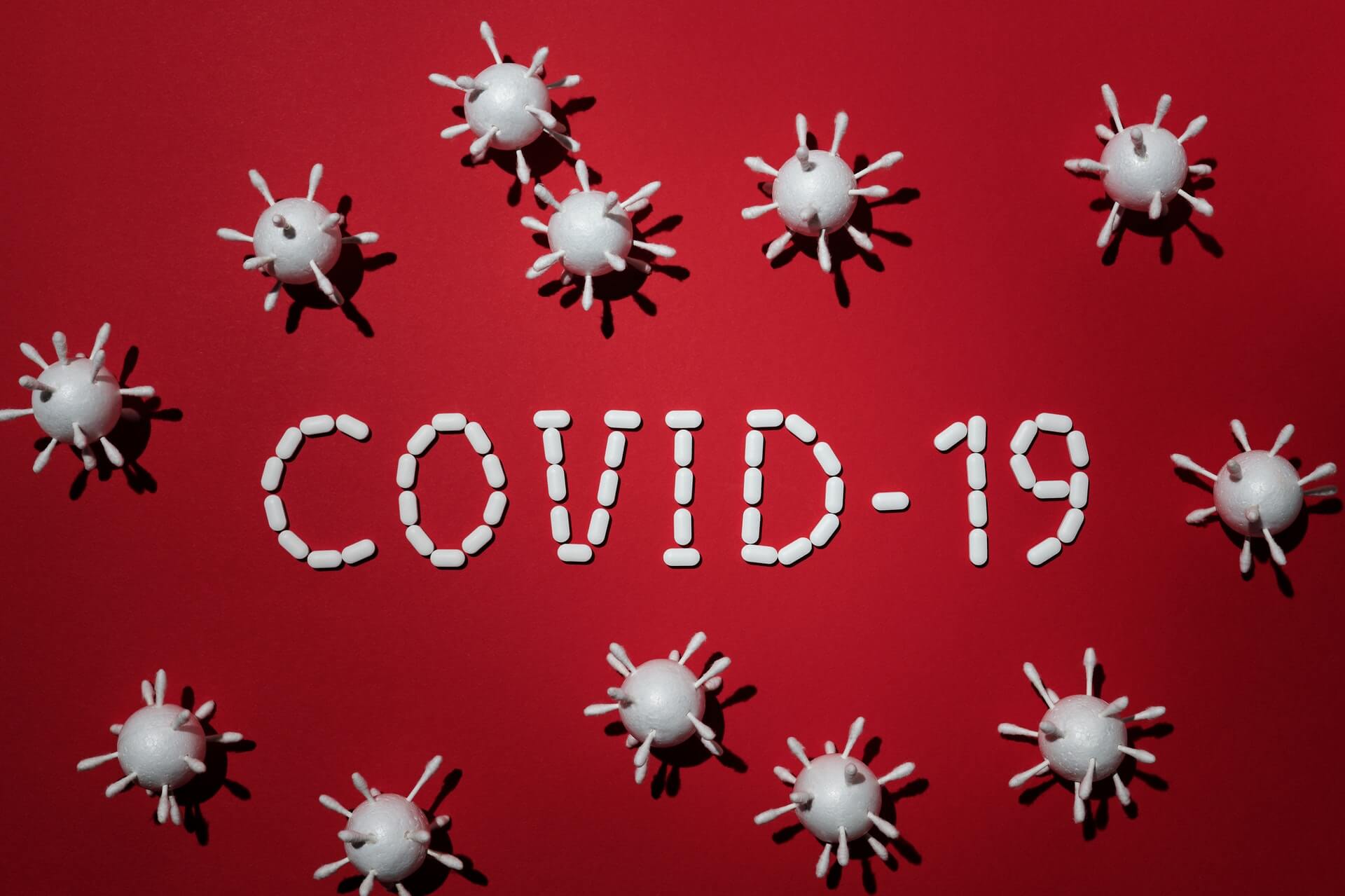
Long COVID symptoms in children rarely persist beyond three months
Long COVID symptoms did not often persevere beyond 12 weeks in children and adolesence, unlike adults. But more research was required to analyze the chance and effect of long COVID in young people to help guide vaccine policy selections in Australia, in keeping with an overview led by the Murdoch Children’s Research Institute (MCRI). The review, posted in the Pediatric Infectious Disease Journal, located current research on long COVID in children and adolescents have major limitations and a few do not show a difference in symptoms among those who’ve been infected through SARS-CoV-2 and people who haven’t. It comes as a new MCRI COVID-19 studies short that still states after 10 months in a move the Delta pressure had not caused more severe disease in youngsters than preceding variations and maximum instances remained asymptomatic or mild.
However, it located youngsters and children with pre-current fitness situations which include obesity, persistent kidney ailment, cardiovascular ailment and immune problems have a 25-fold more chance of severe COVID-19. A current systematic overview stated excessive COVID-19 took place in 5.1 percent of children and adolescents with pre-existing situations and in 0.2 percent without. MCRI Professor Nigel Curtis stated even as youngsters with SARS-CoV-2 contamination have been generally asymptomatic or have slight ailment with low charges of hospitalization, the chance and capabilities of lengthy COVID have been poorly understood.
“Current studies lack a clear case definition and age-related data, have variable follow-up times, and rely on self- or parent-stated symptoms without a lab confirmation,” he stated. “Another significant problem is that many studies have low response charges meaning they might overestimate the risk of long COVID.” MCRI and University of Fribourg Dr Petra Zimmermann stated that lengthy COVID signs have been hard to differentiate from the ones on account of the oblique results of the pandemic, consisting of college closures, now no longer seeing pals or being not able to do sports activities and hobbies. “This highlights why it’s critical that future studies involve more rigorous control groups, including children with other infections and those admitted to the hospital or intensive care for other reasons,” she stated. The MCRI-led overview analysed 14 global research regarding 19,426 children and adolescents that stated continual signs following COVID-19. The maximum common signs stated four to twelve weeks after acute contamination were headache, fatigue, sleep disturbance, awareness problems, and abdominal pain.
Photo by Andrea Piacquadio from Pexels






